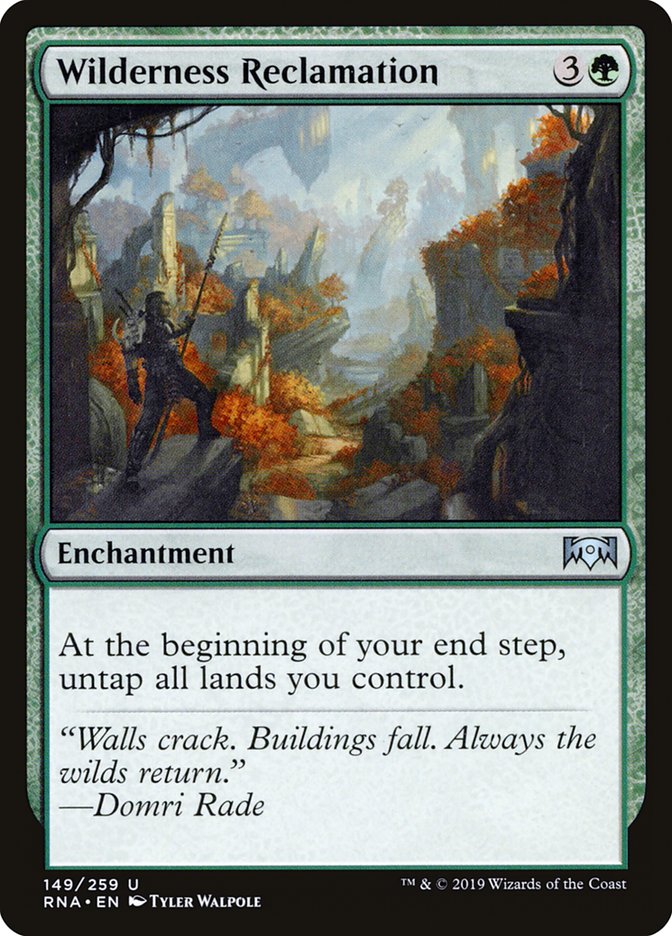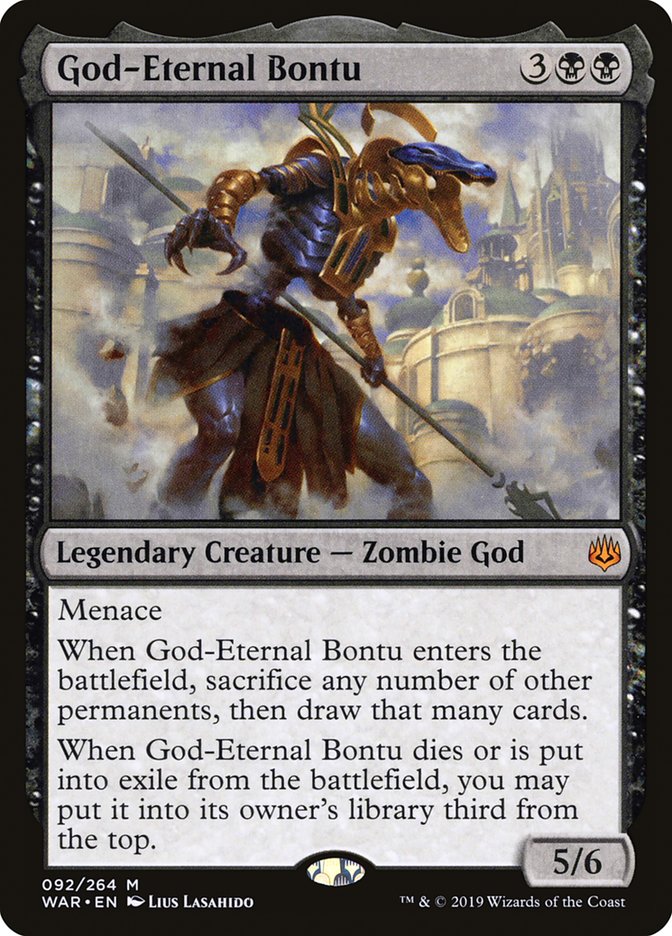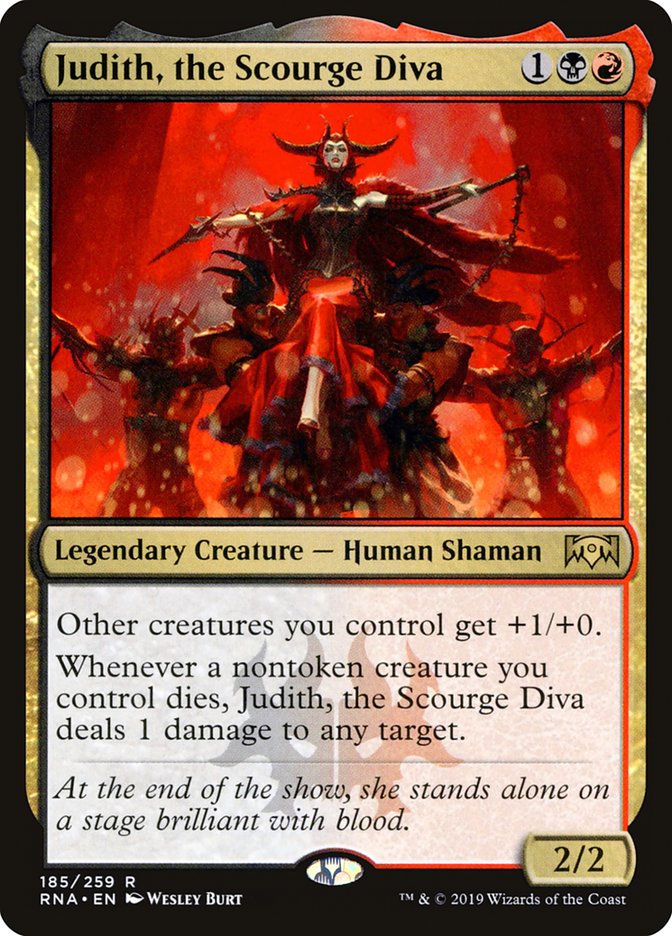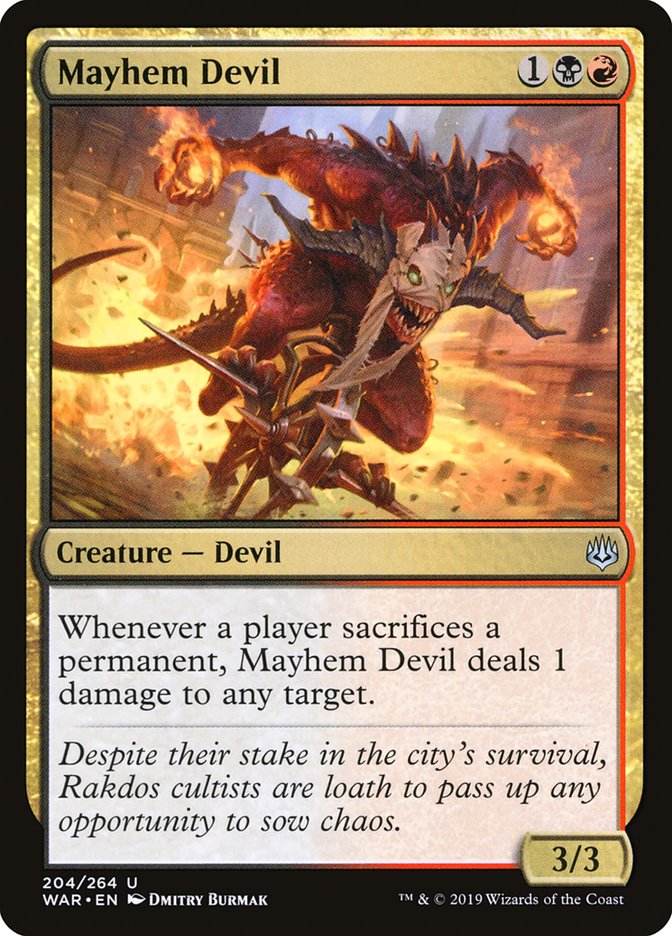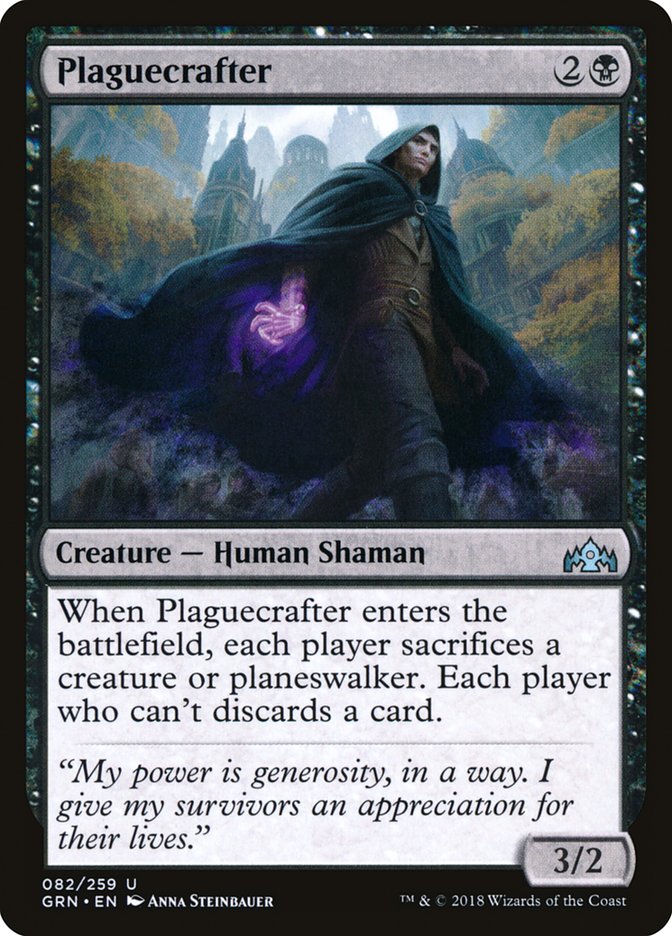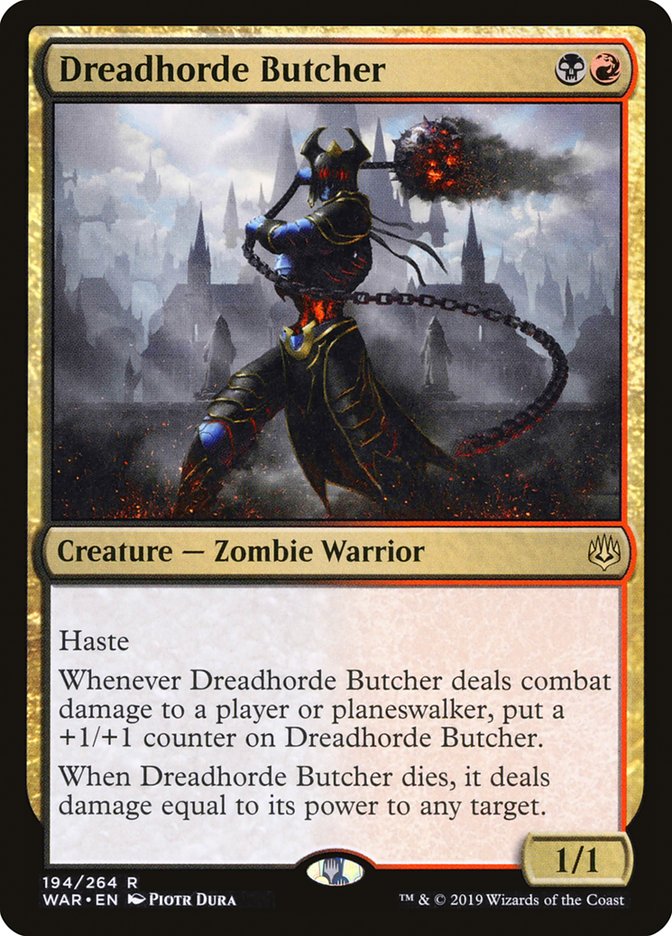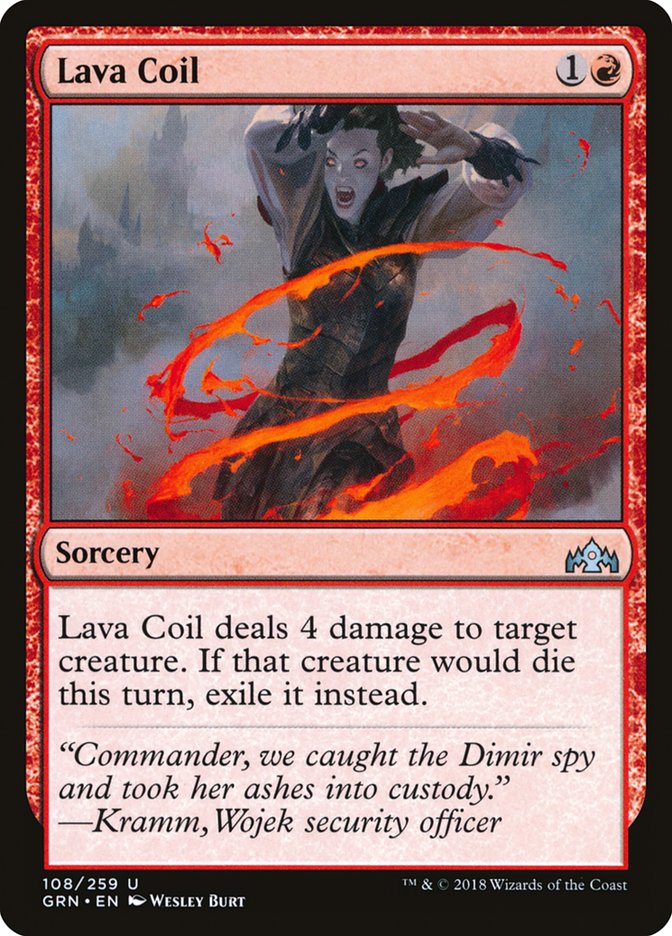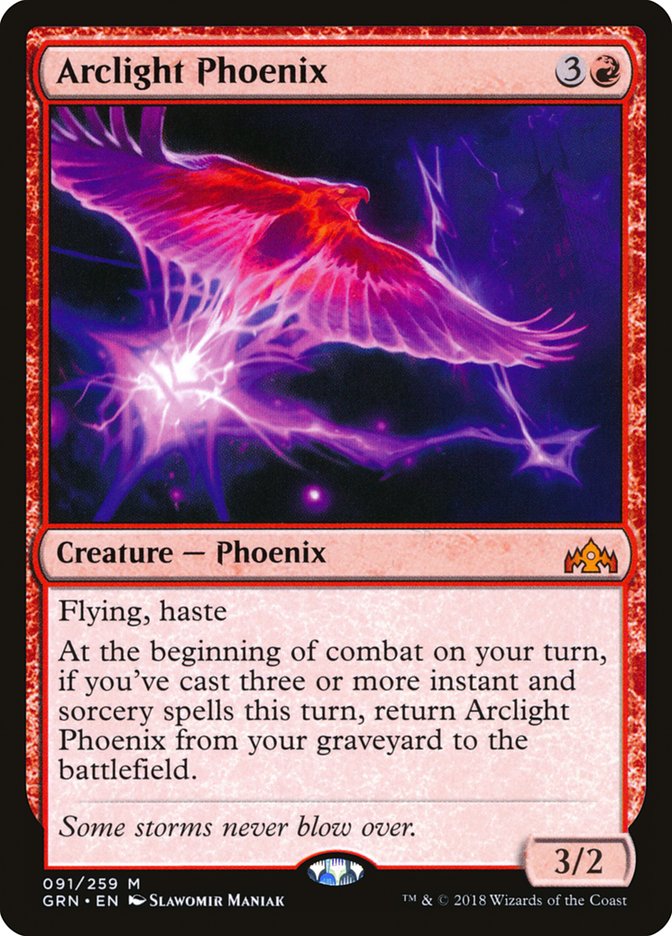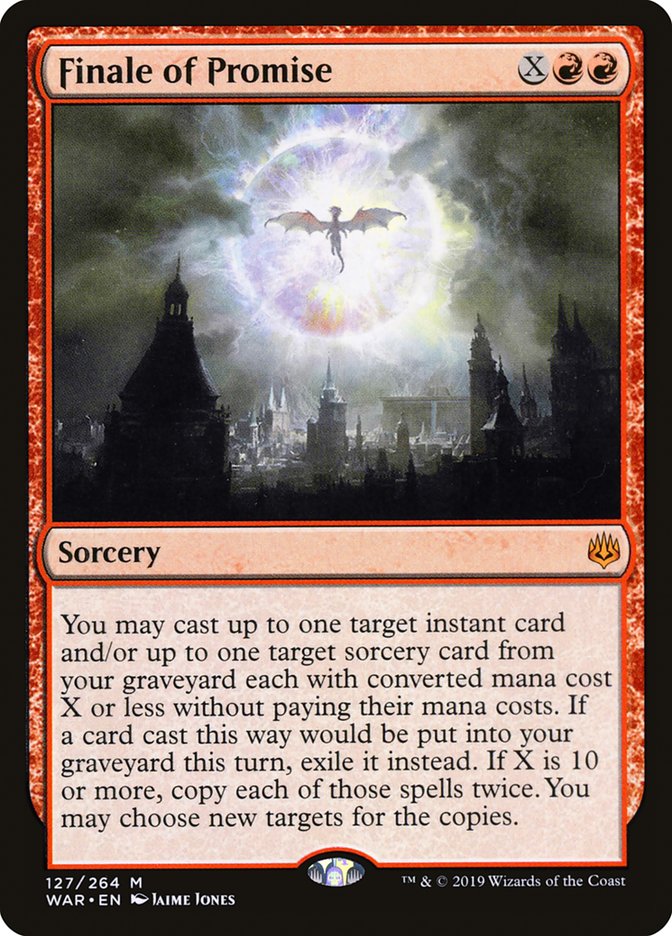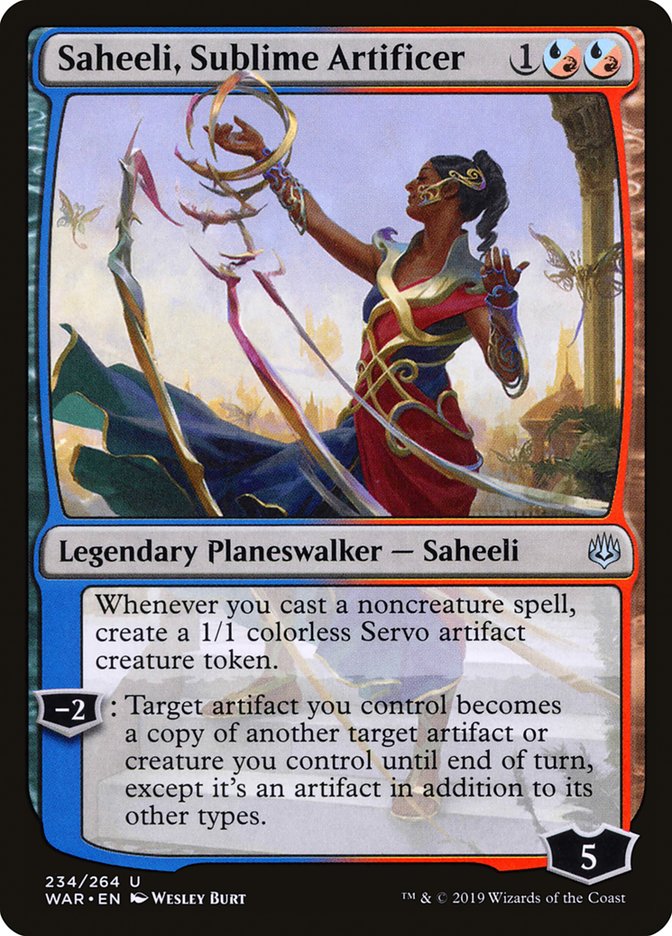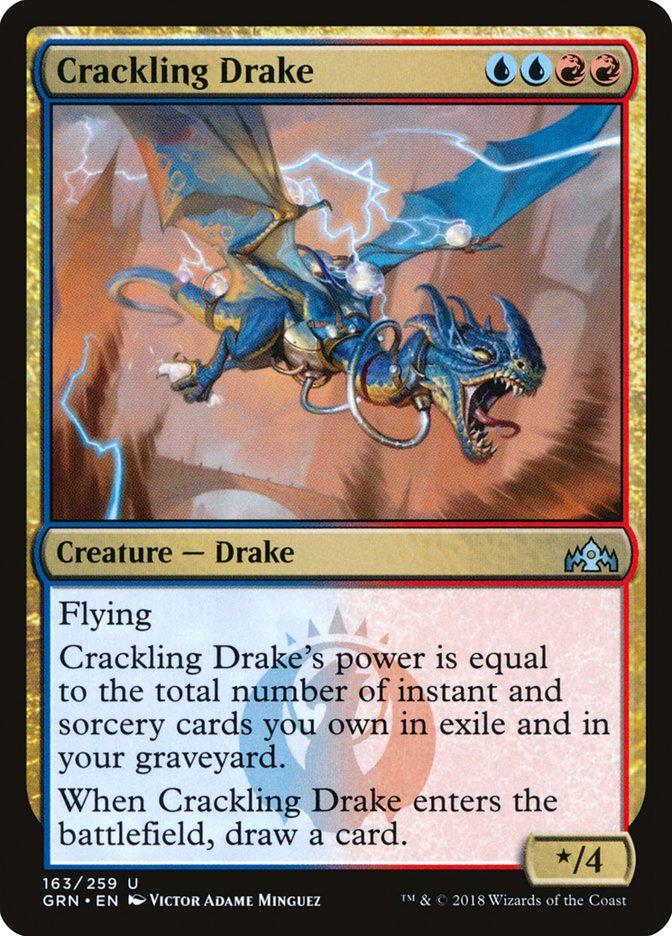For those of you who don’t know me all that well but read my articles every week (or any week, for that matter) first of all, thank you. Second, allow me to tell you something about myself outside of Magic; it’s been more than six months at this point, and if you’ve been letting me in your brain for that long, you deserve a little something for the imagination.
This week’s Fact-All-About-Me is that I’m a junior in college at Towson University studying Economics, which is entering its finals for the spring semester. Right now things feel a little hectic as I work through what has felt at times like an endless slog of education, but in seven short days from the time you’re reading this, it’ll be summertime and I can take a load off before preparing for the Season One Invitational.
Now, knowing this about me really isn’t all that important. In fact, I doubt many of you will remember it by the next time you read something of mine. Not that I really mind that being the case, because that inherently proves the point I’m about to make:
A lot can happen in a week.
When it comes to Standard formats, we talk a lot about Week 1 and for good reason. In the first week of any format, we come to understand the baseline – people are less prepared to interact in the best ways and the decks doing the strongest stuff tend to rise to the top.
SCG Richmond was yet another timeless tale of Mono-Red Aggro winning a Week 1 Standard tournament. While War of the Spark might be the most distinctive set in Magic’s recent history, so far you could say that it has been no more impactful than any other and you’d be right, but we’re only one week in. Would that really be fair? Of course not!
Like any budding flower, it needs to take in some time and energy before we get to see it in full bloom, and while SCG Syracuse may not be where we see it in all its wonder, it’s where I expect we start to see its true colors show.
On Monday, Dylan Hand wrote an extensive breakdown of all the major players in Standard coming out of Richmond and coming into the week that I suggest you read for a couple of reasons:
1. Dylan is a smart cookie who knows what he’s talking about.
2. I’m going to avoid reiterating or restating most of what he said. They only let me put out so many words a week, so I’ve got to make them count.
With that established, where do we start? The boogeymen, of course! In this case I’m referring to Esper Control, Mono-Red Aggro, and Simic Nexus.
These three powerhouses showed up in force to SCG Richmond and really defined what the most successful linear strategies looked like. All three of these decks were excellent choices for a Week 1 event and still have a lot of merit coming into SCG Syracuse if you’re not afraid of being in people’s sights. While many continue to sing the praise of these proven archetypes, I’m not quite convinced that they’ll survive the ongoing development of our War of the Spark metagame.
This may be a little bit surprising when you consider how strong they seem right now – they were all over the top tables in Richmond, after all. In reality, though, these decks likely aren’t the best decks in Standard – they’re probably just the best decks from Ravnica Allegiance Standard with easy additions. It’s easy to slot Tamiyo, Collector of Tales into your Simic Nexus deck; it’s easy to play Chandra, Fire Artisan in Mono-Red Aggro; and it’s easy to put Dovin’s Veto and Teferi into your Esper Control deck and see an immediate difference. Lots of hard work had already been done for these archetypes, so it was easiest to fit in new tools to raise the bar, but it also means that they’re already only about as good as they’re going to get.
We’ve seen this kind of effect plenty of times before. Existing decks like Golgari Midrange find new tools like Hydroid Krasis to complement their existing gameplan and are already head and shoulders above the rest of the format when Week 1 rolls around. Everyone scratches their heads and wonders if they’re going to beat them or join them. Those who choose to beat them start getting creative, and by the end of it all, the deck lies in the middle of the pack.
Week 1 is about finding the path of least resistance, being prepared to cover all your bases in simple and elegant ways before they get harder to cover and further apart. Week 2, however, is much more about finding new angles to pressure to make life hard on the decks that have it easy. For this reason, I really respect and commend Team Nova for stepping up and taking a risk with their Bant Midrange deck in Richmond.
Creatures (29)
- 4 Llanowar Elves
- 2 Shalai, Voice of Plenty
- 2 Knight of Autumn
- 2 Deputy of Detention
- 4 Hydroid Krasis
- 4 Growth-Chamber Guardian
- 4 Frilled Mystic
- 4 Incubation Druid
- 3 God-Eternal Oketra
Planeswalkers (7)
Lands (24)

Creatures (29)
- 4 Llanowar Elves
- 2 Shalai, Voice of Plenty
- 2 Knight of Autumn
- 2 Deputy of Detention
- 4 Hydroid Krasis
- 4 Growth-Chamber Guardian
- 4 Frilled Mystic
- 4 Incubation Druid
- 3 God-Eternal Oketra
Planeswalkers (7)
Lands (24)
Sideboard

Rather than the path of least resistance, they took the road less traveled and found their way into the Top 8 with relative ease. Their deck wasn’t something anyone had seen before; more importantly, it was something entirely new, forcing their opponents into situations they weren’t equipped to handle. While their deck had its weaknesses and wasn’t the shining star of refined deckbuilding, rather than give us a finished piece, they showed up with a starting point, a fresh take on the format that people couldn’t see coming that only promises to mature into refinement. Decks like these are the ones I expect to truly define War of the Spark Standard over the coming months.
For this reason, the decks I expect to succeed will be the ones that either set entirely new rules for other decks to follow, or that are extremely good at following the rules set for us by Richmond. Curious what that means? Well let me explain with my two frontrunner choices for SCG Syracuse this weekend.
Creatures (36)
- 4 Fanatical Firebrand
- 4 Plaguecrafter
- 4 Rix Maadi Reveler
- 2 Judith, the Scourge Diva
- 1 Gutterbones
- 4 Priest of Forgotten Gods
- 4 Footlight Fiend
- 4 Dreadhorde Butcher
- 2 Lazotep Reaver
- 4 Mayhem Devil
- 3 God-Eternal Bontu
Planeswalkers (2)
Lands (22)

A friend of mine won their local MCQ with this Rakdos Sacrifice deck over the weekend and is something I’ve been consistently impressed with whenever I face it on Magic Online. While I reserve the term Aristocrats for decks with Cartel Aristocrat and Falkenrath Aristocrat, this deck is probably the closest to that in spirit out of all the decks who have sought after the title.
The Aristocrats deck of old was more than a tokens deck with sacrifice outlets; it was home to many of the best value and synergy cards of the format in a shell that used Blood Artist to make attacking or blocking against the deck a futile endeavor. A hellish battlefield covered in must-answer creatures was a nightmare at times, and if you weren’t careful, you would die out of nowhere trying to fight back.
The combination of Mayhem Devil and God-Eternal Bontu present the first legitimate-feeling combo finisher to any of these decks since Judith was previewed. Any game that goes on too long can end in the blink of an eye because just one thing slipped through the cracks. Every creature in the deck is inherently synergistic or demands an answer on raw power level, and without a three-color manabase to trip over like untied shoelaces, it has consistency to back it up.
The other most appealing thing to me about this deck is its ability to answer opposing planeswalkers without taking time off from developing its own plans. Dreadhorde Butcher and another creature can usually kill a Teferi or Narset before it realizes its full value, and against anything from SuperFriends decks to Esper Control, this is critical. Plaguecrafter is another card that seems rather impressive here, obviously at tackling planeswalkers, but providing an additional trigger or two for Mayhem Devil or Judith can go a long way towards putting your opponent in the dirt.
On the whole, these Sacrifice decks have yet to have their time to shine, so they’re prone to being underestimated and will likely take a good amount of effort by the metagame to get weeded out. I think there’s next to no chance that most of the field will have a real gameplan to beat the deck and that too is appealing to me for this weekend. Doing unexpected, powerful things that require answering in specific ways can’t be a bad thing, now can it?
The other deck I’m considering is a little less exciting but has certainly proven itself worthy in the past.
Creatures (12)
Planeswalkers (1)
Lands (21)
Spells (26)

Izzet Phoenix hasn’t really made waves outside of LSV’s metagame call to play it at Mythic Championship Cleveland earlier this year since the release of Ravnica Allegiance, but right now it’s primed for a comeback.
On Friday, before the MCQ, I had been preparing Esper Control for all week, I ran into a couple of rogue players on Magic Online playing Arclight Phoenix and I got demolished. The games didn’t feel very close, my planeswalkers never lived, I didn’t have enough Vraska’s Contempts to answer all the Saheelis and Arclight Phoenixes that had me under duress, and when I thought I finally ran them out of resources, Finale of Promise drew them a bunch of cards and brought back their Phoenixes. In short, I got thrashed.
As I often do when I get beaten pretty badly, I considered why I’m not doing what my opponent was doing. Their deck looked like it couldn’t lose to anything when I played against it, so what was going on? After some careful deliberation I realized Izzet Phoenix was actually just in a great spot, as it was one of the best decks at punishing expensive haymakers with a quick evasive clock, Arclight Phoenix itself was amazing at pressuring planeswalkers, and Saheeli gave the deck an entirely new dimension. On top of this, it also got to play some of the best removal in Standard right now with Lava Coil and Shock.
It was actually kind of a funny feeling, knowing I had locked in the losing deck for the MCQ I was playing that weekend, but I wasn’t certain enough in my read on the metagame to run around on Friday night collecting a Standard deck I’d played no matches with, so I let it go. For closure’s sake, I’ll go ahead and say that I was right – my Esper deck put up a solid 0-2 and my friend Ryan, who plays a lot of Izzet Phoenix, clobbered all of his opponents and won the MCQ for some bittersweet vindication on my part.
Since that Friday, the deck has been on my mind constantly, specifically how it can go up from its current position. One big criticism of Izzet Phoenix is how reliant it is on Goblin Electromancer and how much your deck can spin its wheels sometimes when it doesn’t find a Phoenix. That weakness is exactly what makes Saheeli so exciting to me in this deck, as not only does her passive ability reward you even more during the times you don’t have any Arclight Phoenixes, she also presents a very quick kill with Crackling Drake. Any time your opponent taps out or doesn’t have removal available and you have a Saheeli and a Servo, the Crackling Drake in your hand actually has haste. This Splinter Twin-like ability to win the game with just four mana and a creature on the battlefield makes Saheeli more than just a hard-to-kill Young Pyromancer, which was already a fantastic addition.
What makes me worried about playing Izzet Phoenix is that it does kind of fall victim to the same issues as our established best decks above. People know how it works and know how to beat it, and after it won the MCQ on Magic Online, it’s not exactly flying below the radar.
Ultimately, the trend that I’ve been seeing the most in the successful decks that have popped up since SCG Richmond boils down to playing and protecting planeswalkers and being consistently able to answer planeswalkers. This trend feels much more in line with what we thought War of the Spark would be, and I expect it to really be evident in the decks that succeed in Syracuse. If you do play an established strategy, think of how you might be able to change your deck to be more proactive on one of these two fronts and I’m sure you’ll see a big difference this weekend. Don’t be afraid to try new things to capitalize on this play pattern, either…
Remember. It’s only Wednesday. A lot can happen in a week.




